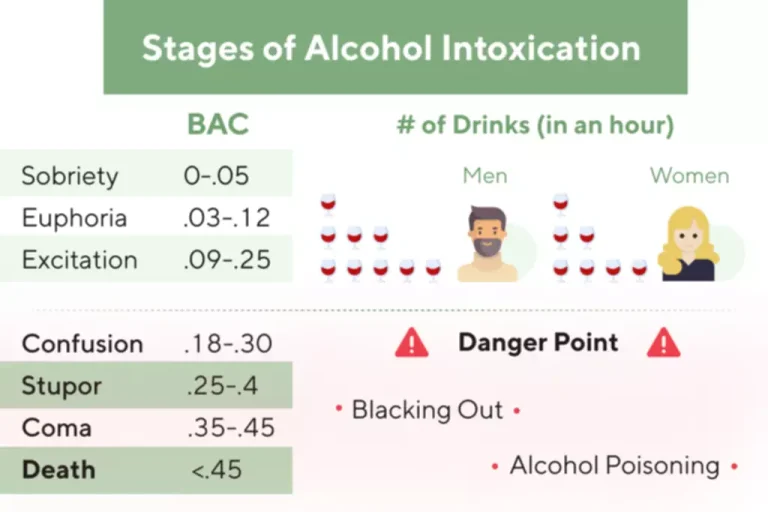Home Sustainability Cheat Sheet: Effective Ways to Be More Eco-Friendly
Inside your home, use rubber gaskets behind switch plates and outlet covers. The IRA provides help for homeowners upgrading to energy-efficient windows and doors. When you put your hand to the windows in your home, do you feel a breeze? Drafty windows can account for 25% to 30% of heating and cooling costs. But doors, electrical outlets, attic hatches and ductwork are prime culprits for air leakage, too.

Make the Most of Your Smart Lighting
- However, remember that gas stoves are generally unhealthier than electric stoves, as they can add between 25 and 39 percent more NO2 and CO to the air in the house.
- One of the easiest ways to make a home more eco-friendly is to use non-toxic paints and finishes.
- Increased insulation of your home’s barriers ensures that heat does not escape during the colder months.
The intent is to reduce home energy use as cost-effectively as possible, and then meet the reduced load with on-site renewable energy systems. Green architecture is an eco-conscious approach to home building and design that aims to reduce the strain put on the environment. This includes how homes are built How to make your home more environmentally friendly and outfitted as well as how they function, from the architecture to the building materials and the appliances inside. These green building choices minimize negative impacts on the environment, create homes that work smarter and more efficiently, and make the most of natural and sustainable resources.

Recycled Building Materials
Residential geothermal heating systems take advantage of the sun’s radiant energy that has been absorbed by and stored in the ground near your house. “Homes that lack adequate insulation don’t just waste energy through lost hot and cold air,” Fasullo says. “Those inefficiencies can lead to expensive damage to other parts of your home.” Your HVAC system in particular won’t last as long if it’s trying to make up for drafts and leaks.
- Changing settings for when you’re away from home, adjusting the temperature based on the weather outside and using smart settings to regulate temperature has never been easier.
- This could be swapping out gas-powered appliances and heating to installing renewable energy sources like solar panels.
- It’s crucial to do your research and get these decisions right in the planning stages, as many things can be expensive, not to mention wasteful, to change later.
- Learn how to transform your home and join the fight against climate change…
Low-VOC Materials
So, make sure you’ve got a little space to start a compost bin to perfectly accompany your garden. In fact, Paul Hawken, the author of Drawdown (and one of my personal heroes) lists ending food waste as one of the top 10 ways for us to help reverse global warming. The average US household produces 650 lbs of organic trash a year, but most of that is landfilled.
Compost fruit and veggie waste

A lot of the heat and air conditioning produced in a home leaks out of windows and door frames, which drives up utility costs and causes more energy to be consumed. An easy way to fix this is to insulate your windows and door frames, or install sealed windows and door frames. What do you generally do with the food waste coming out of your kitchen daily? You can use this compost in your garden, thus eliminating wastage and choosing a greener way of living.
The States With the Highest Solar Panel ROIs
- It’s also difficult to keep track of how much your heat or furnace is running in the cold, winter months.
- You see it every day in your daily life, whether you’re aware of it or not, and it can’t be said enough.
- Many municipalities provide green garbage collection services for compostable materials to those who do not have personal garden spaces, ensuring that organic waste is properly treated.
- It covers green roofing, windows, siding, cabinets, appliances, and more.
- A compost pile requires turning as well as sufficient airflow and water for decomposition, so keeping your compost bin outside is best.



